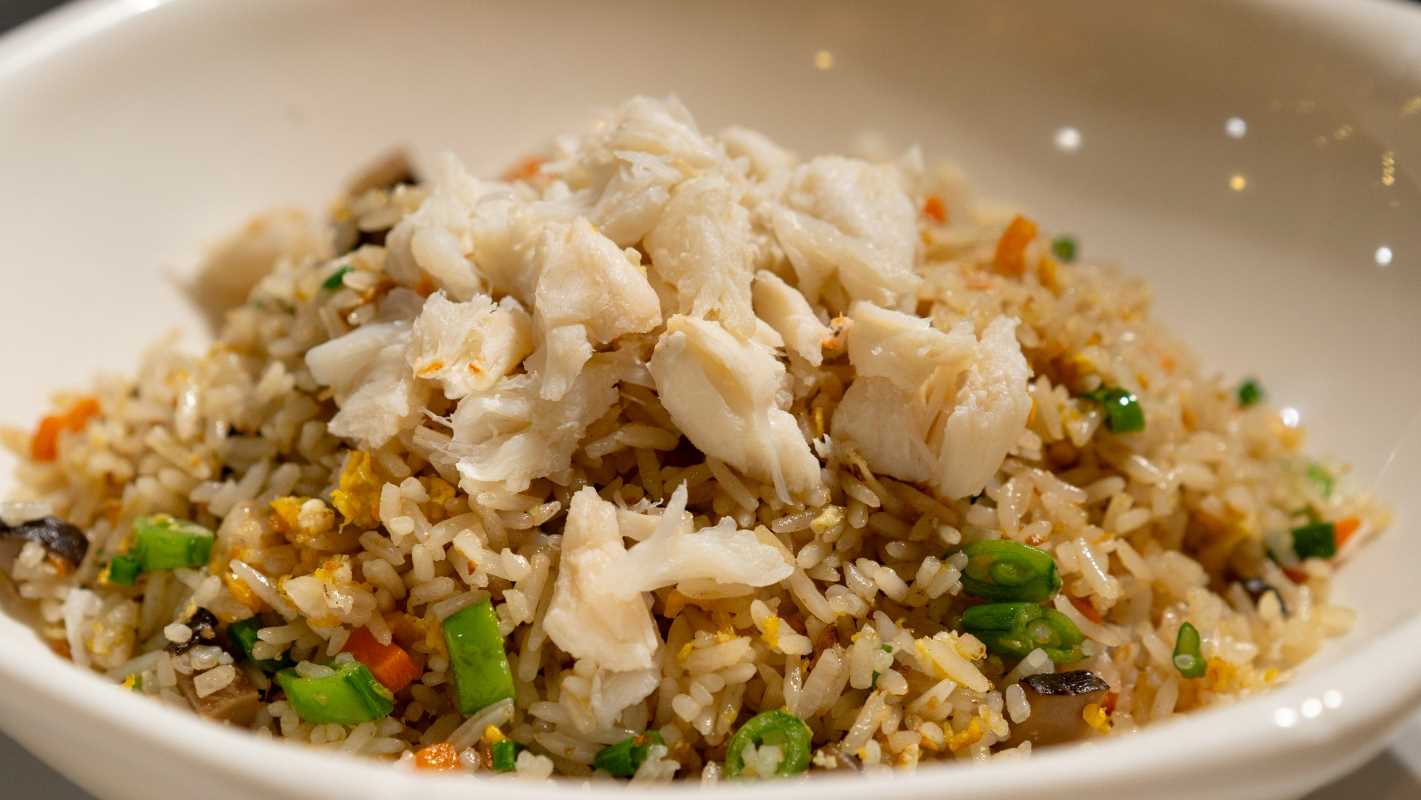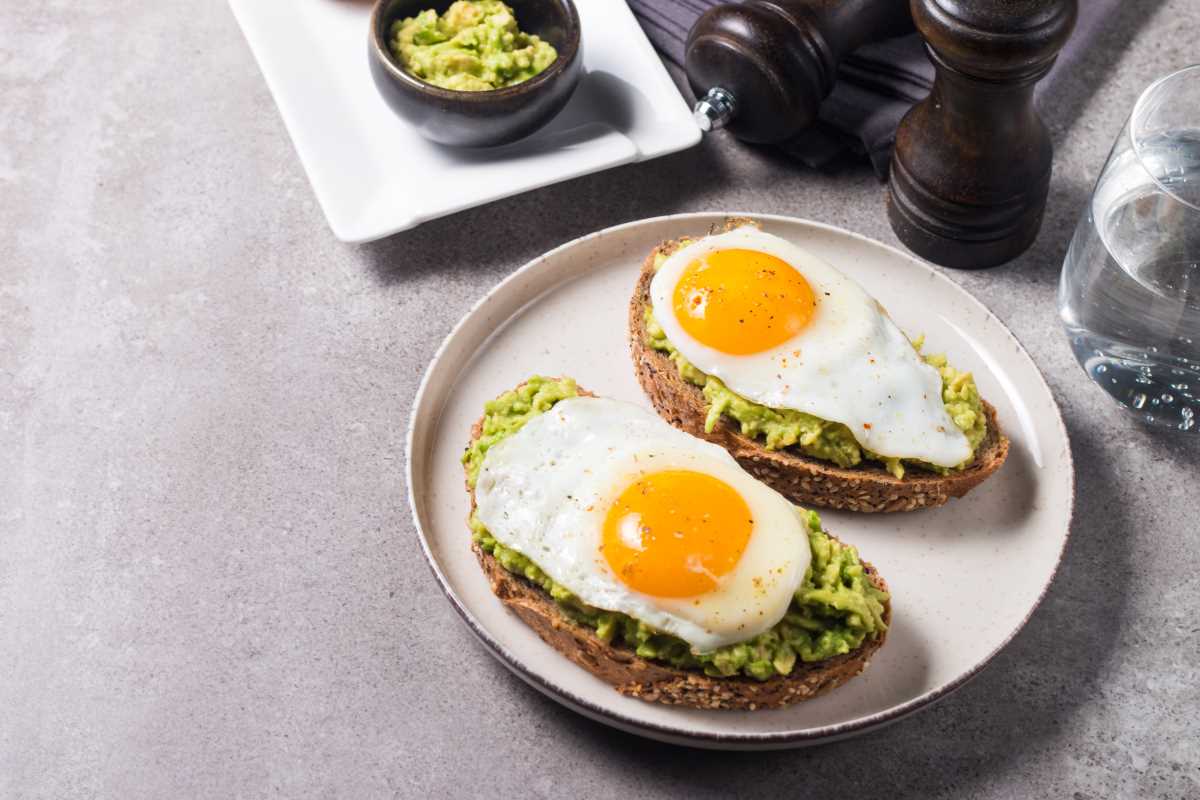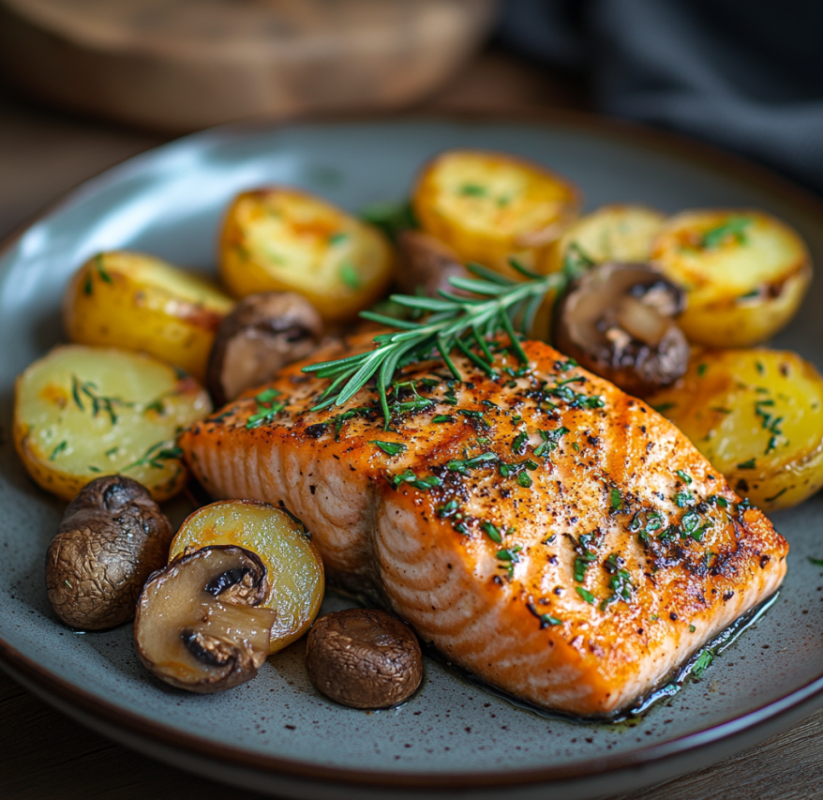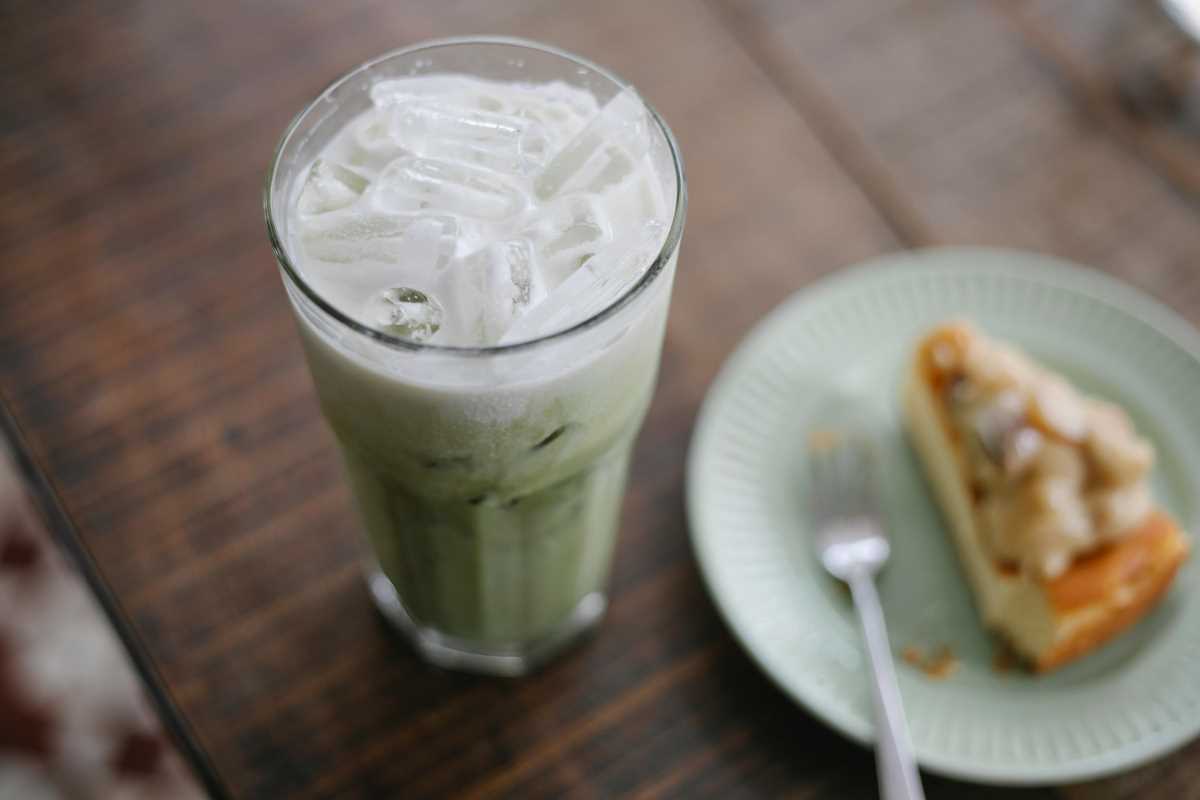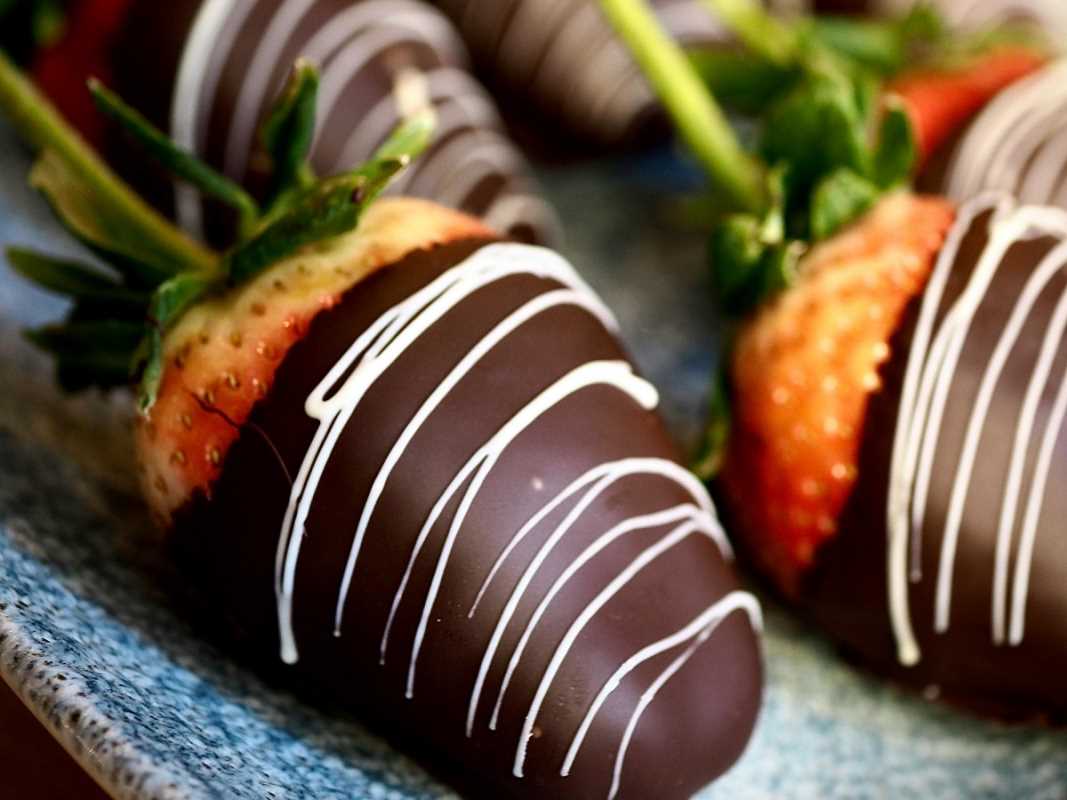When you think of pancakes, you probably imagine a fluffy stack drenched in syrup, maybe topped with fruit or whipped cream. But whole grain pancakes? They don’t exactly get the same glowing reputation. Too often, they’re dismissed as dense, dry, or just plain disappointing. The good news? You don’t have to sacrifice fluffiness or flavor for the sake of using whole grains. With a few key techniques and tips, you can whip up whole grain pancakes that are soft, light, and downright dreamy.
Why Whole Grain Pancakes Matter
First off, why go for whole grain pancakes to begin with? Whole grains include the entire kernel of the grain, which means they’re packed with nutrients like fiber, vitamins, and antioxidants. They're a fantastic option for anyone aiming to maintain a balanced diet or explore ingredient trends in the food world. Plus, using whole grains adds a rich, nutty flavor that elevates the pancake experience.
The challenge? Whole grain flour is denser than refined white flour, which is what causes those heavy, brick-like pancakes when things go wrong. But don’t worry, that’s where these tips come into play.
The Ingredients That Make the Difference
Here’s the deal—great pancakes start with smart ingredient choices. Thoughtful swaps and additions are key when working with whole grain flour. Here’s what you need to know:
Choose the Right Flour
Not all whole grain flours are created equal. Whole wheat flour is the most common, but it can have a strong flavor and dense texture. If you’re after a lighter pancake, try a blend of flours. For example, mix whole wheat flour with spelt, oat, or buckwheat flour to balance flavor and texture. Additionally, white whole wheat flour is a great option; it’s milled from a lighter wheat variety, delivering all the nutrition of whole grains without the heaviness.
Buttermilk Is Your Best Friend
Buttermilk is a pancake game-changer. Its tangy flavor pairs beautifully with whole grains, and its acidity helps break down some of the tougher proteins in the grain, making the batter more tender. No buttermilk on hand? You can create a substitute by mixing one tablespoon of lemon juice or vinegar into a cup of milk and letting it sit for five minutes.
Don’t Skip the Leavening Agents
Whole grain pancakes need some extra help to rise. Be generous with your leavening agents like baking powder and baking soda. These add air pockets to the batter, which ensures fluffiness. A teaspoon of each is a solid starting point for a basic pancake recipe.
Mixing Technique 101
Once you’ve gathered your ingredients, it’s time to mix. And believe it or not, how you mix the batter has just as much impact as what you put into it. Here’s how to do it right:
Mix Dry and Wet Ingredients Separately First
Combine your dry ingredients (flour, leavening agents, salt, sugar) in one bowl and your wet ingredients (buttermilk, eggs, melted butter) in another. This ensures each element is evenly distributed before you bring everything together.
Gentle Mixing Is Key
When you combine the wet and dry ingredients, resist the urge to overmix. Stir just until no more flour streaks remain, even if there are still a few lumps in the batter. Overmixing activates the gluten in the flour, which is great for chewy bread but not for airy pancakes.
Give It Time to Rest
After mixing, allow the batter to sit for about 10 minutes. This gives the flour time to hydrate and the leavening agents a head start, resulting in an extra-lifted, evenly textured pancake.
Cooking Perfect Pancakes
Now for the main event—cooking your pancakes to a golden-brown finish. Here’s how to make sure they turn out perfectly:
Preheat the Pan
Use a nonstick skillet or griddle over medium heat. To test if the pan is ready, sprinkle a few drops of water on the surface. If they sizzle and evaporate quickly, you’re good to go. A hot, even cooking surface is essential for that crispy, golden exterior.
Don’t Skimp on Grease
Lightly grease the pan with butter or cooking spray. Butter adds flavor, but don’t overdo it—too much grease can cause uneven browning.
Use The Right Amount of Batter
Use a ¼-cup measuring cup to pour the batter onto the pan, ensuring evenly sized pancakes. Spread the batter slightly to help it cook evenly.
Wait for the Bubbles
Patience pays off here. Wait until you see bubbles forming on the surface of the pancake and the edges start to look set before flipping. Flip only once, and give the second side about half the cooking time of the first.
Bonus Tips for Fluffier Pancakes
- Separate Your Eggs: For a pro-level move, separate your eggs. Beat the whites until stiff peaks form, then fold them into the batter just before cooking. This adds an incredible lightness to your pancakes.
- Add Sparkle with Club Soda: Swapping some of the liquid in your batter for fizzy club soda can boost the fluff factor. The bubbles give the batter an extra lift while cooking.
- Keep Them Warm and Fresh: If you’re making a big batch, keep cooked pancakes in a warm oven (around 200°F) on a baking sheet to maintain their texture without drying them out.
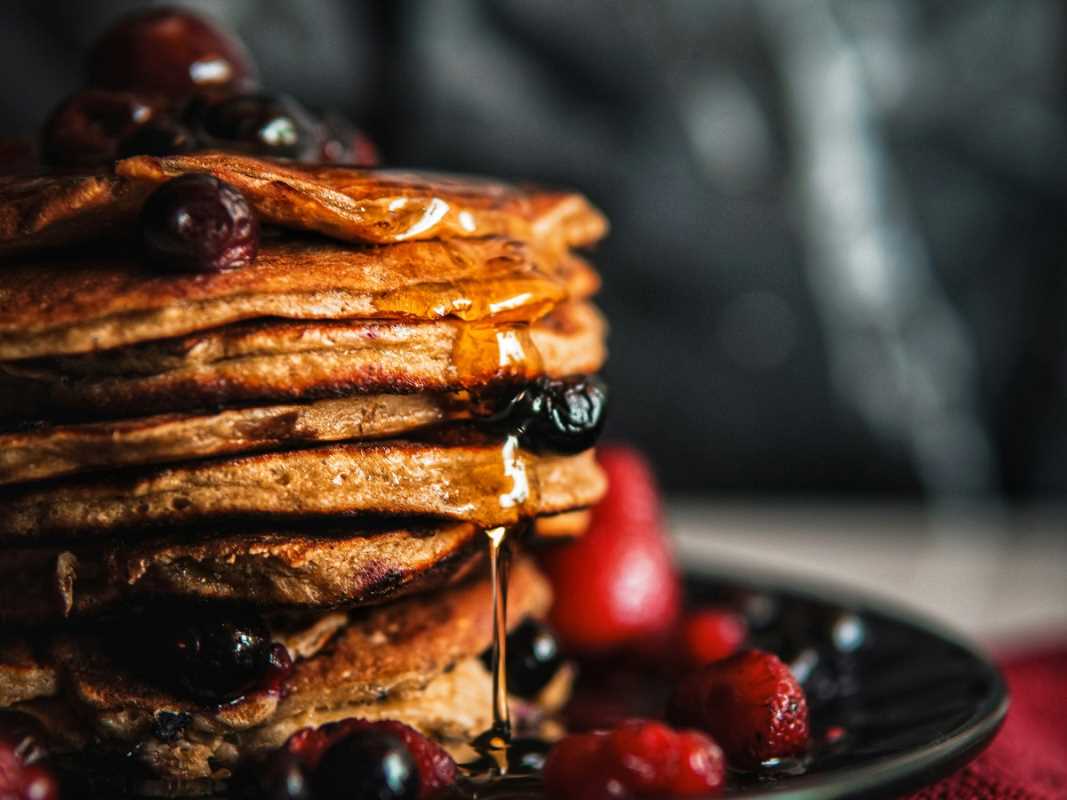 (Image via
(Image via
